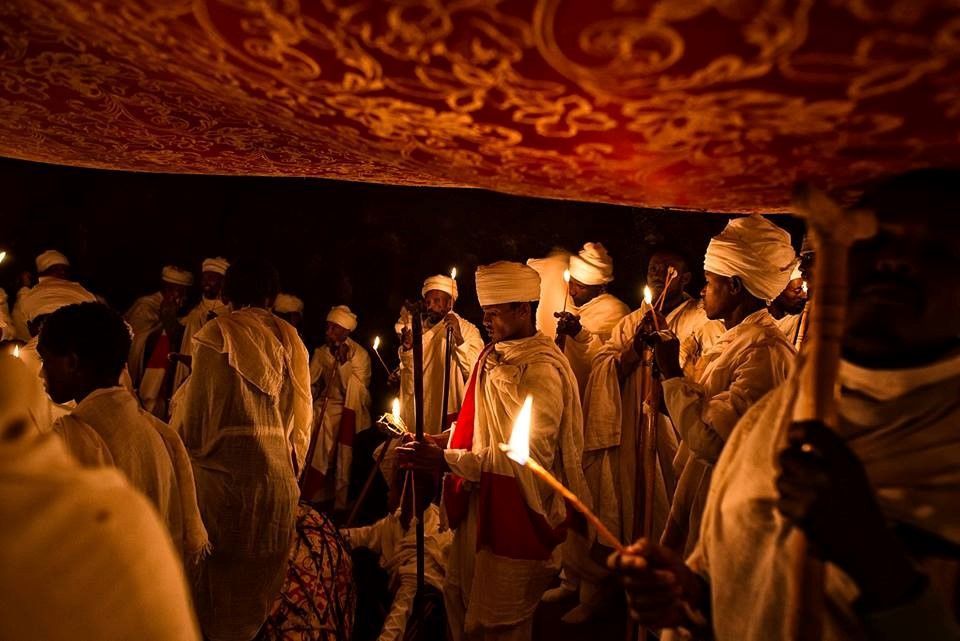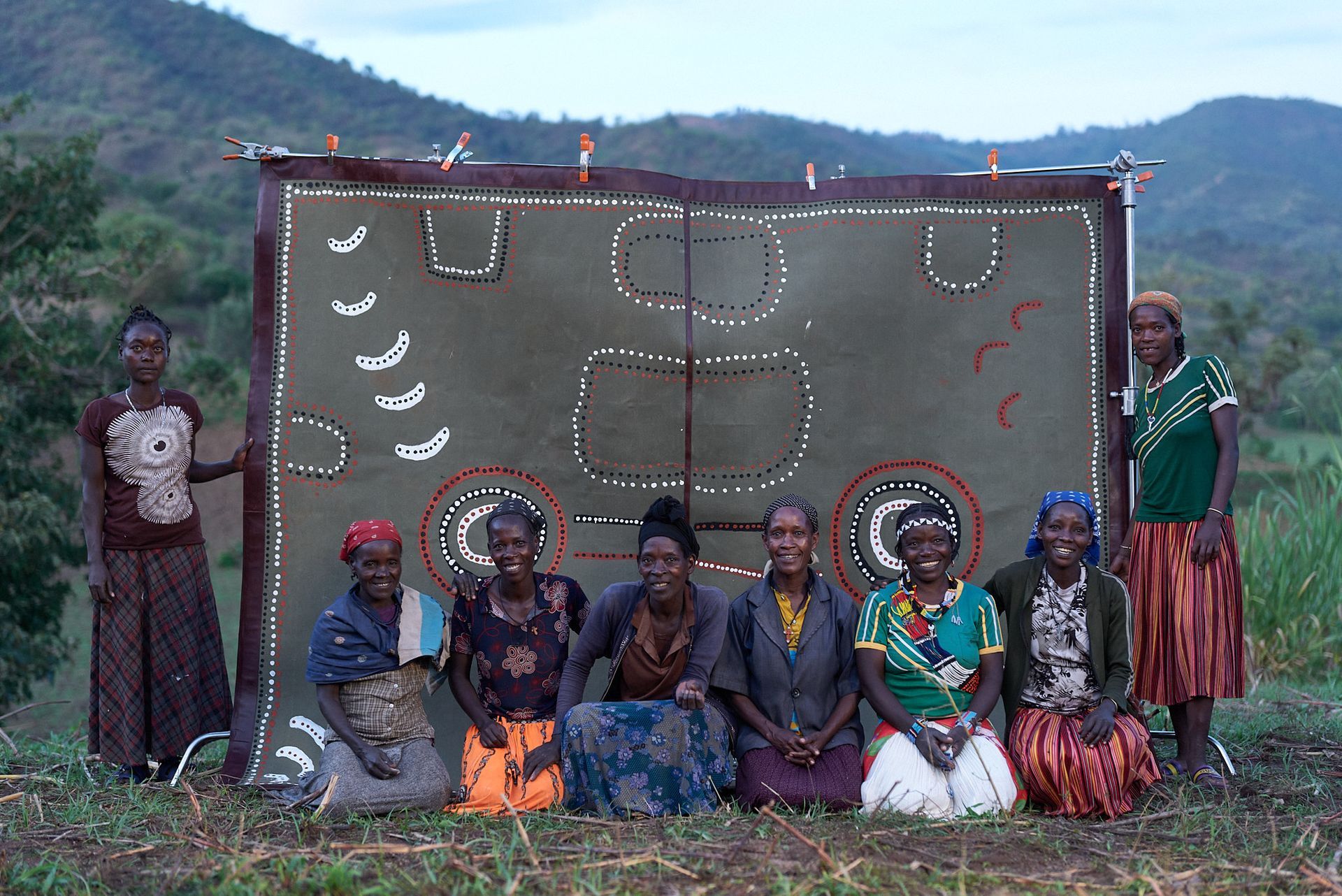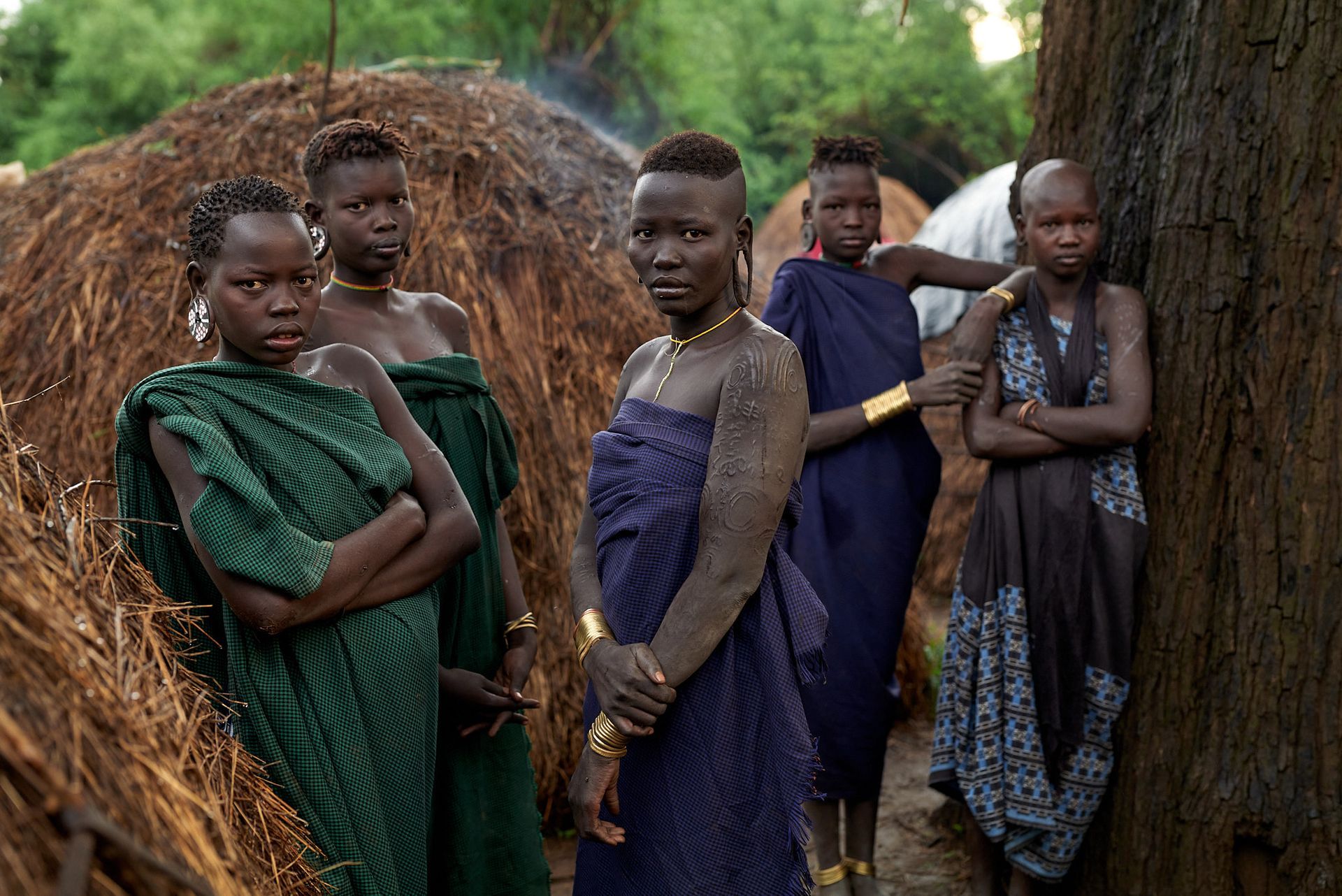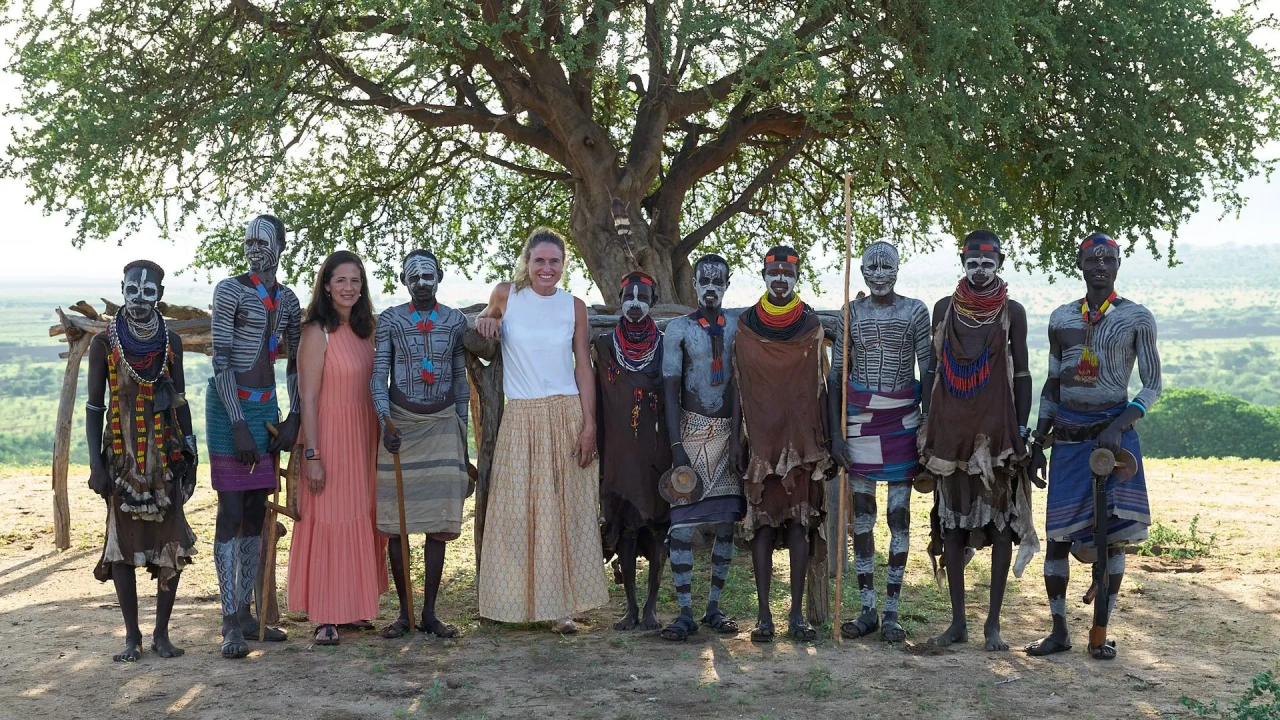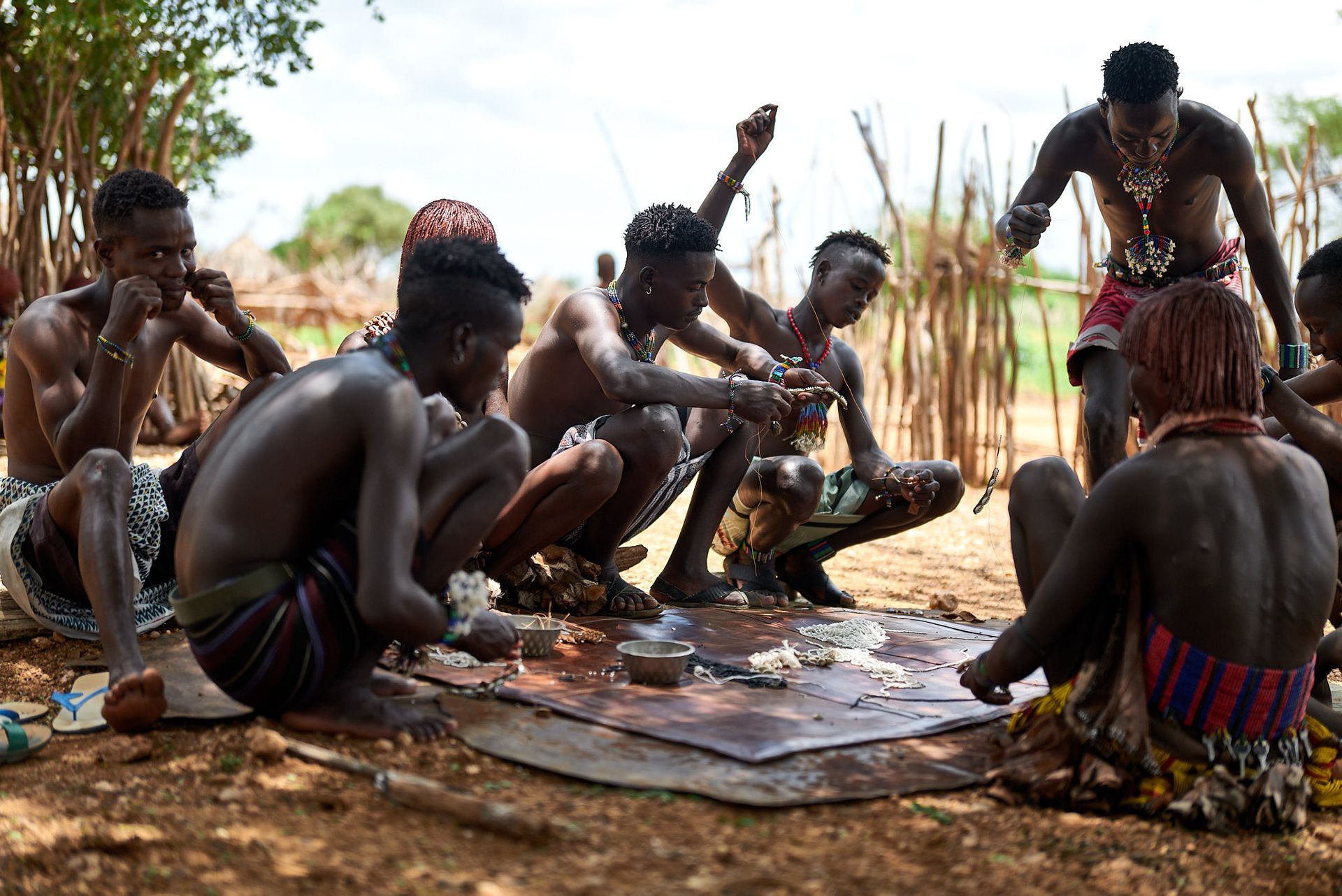How to Adapt to Omo Valley Traditions as a Tourist
This is a subtitle for your new post

How to Adapt to Omo Valley Traditions as a Tourist
Visiting the Omo Valley in Ethiopia offers a rare opportunity to immerse yourself in one of the world’s most unique cultural experiences. Home to over 80 tribes, the Omo Valley is a UNESCO World Heritage site celebrated for its ancient traditions, vibrant ceremonies, and rich cultural diversity. To truly appreciate this enchanting region, it is essential to approach your visit with respect, patience, and an open mind. This blog will guide you on how to adapt to the traditions of the Omo Valley while ensuring a meaningful and respectful travel experience.
Be Respectful

Treat the Locals as Hosts, Not Spectacles
The tribes of the Omo Valley live deeply rooted lives, adhering to traditions passed down for generations. Remember that you are a guest in their homes. Treat the people with honesty, kindness, and respect. Avoid viewing them as exotic subjects; instead, engage with them as equals. As Eskinder Hailu of Highway Tours suggests, "Take fewer pictures and enjoy more engagement – smiles, handshakes, talks.
Ask Before Taking Photos
Photography can be sensitive in the Omo Valley. Always ask for permission before taking photos of people, their belongings, or their surroundings. Be prepared to pay a small fee for portraits, as this is a common practice in many villages. If someone declines, respect their wishes and refrain from sneaking pictures. By doing so, you demonstrate respect for their dignity
Follow Local Guidelines
Stick to areas designated for tourists and respect boundaries. Do not wander into restricted zones or private spaces. If you’re unsure, ask your guide for clarification.
Be Open-Minded
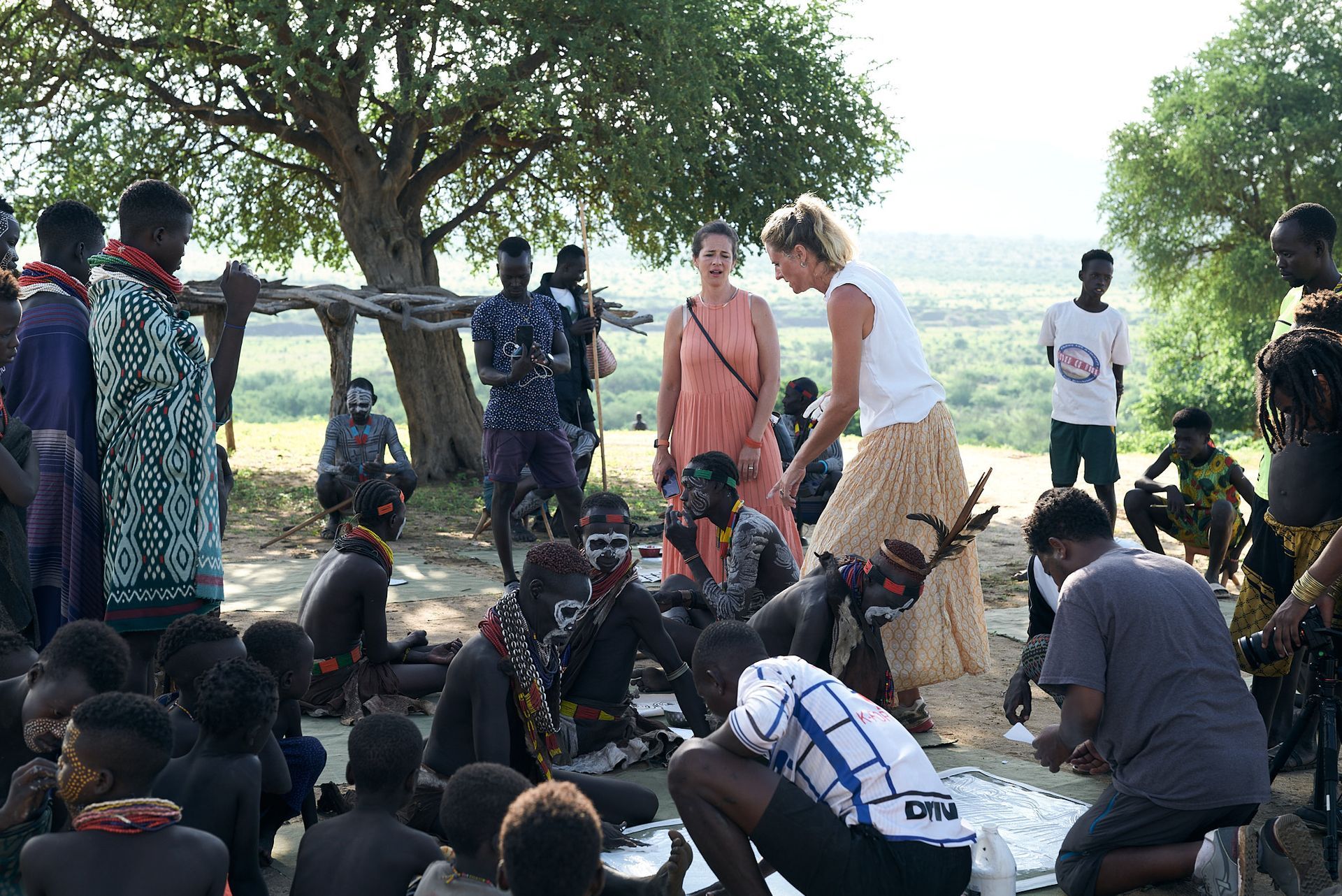
Embrace the Differences
The lifestyles and traditions of the Omo Valley tribes may differ greatly from what you are accustomed to. Practices like the Mursi’s lip plates or the Hamar’s bull-jumping ceremonies are fascinating yet deeply symbolic. Approach these traditions with curiosity and an eagerness to learn, rather than judgment.
Educate Yourself
Before your trip, research the region’s tribes and customs. Guides and tour operators are invaluable for providing cultural insights. As noted in the Maverick Bird guide, understanding the background of ceremonies and traditions enhances your appreciation of the culture.
Be Patient
Engage in Meaningful Interactions
Take the time to connect with locals by learning a few basic phrases in their language or offering a warm smile. Conversations can be a bridge to understanding their way of life. Small gestures, like shaking hands or sharing laughter, can create lasting memories.
Travel in Small Groups
Smaller groups often have a less intrusive presence and foster better interactions with local communities. This approach can make the experience more personal and culturally enriching.
Support Local Communities

Buy Local Handicrafts
Purchasing locally made crafts supports the economy and encourages artisans to continue their traditions. Look for souvenirs like beaded jewelry, pottery, or woven items at village markets. As Eskinder Hailu advises, "Visit their markets and check for souvenirs. This supports their income and encourages authenticity."
Practical Tips for Visiting the Omo Valley
Travel Logistics
- Best Time to Visit: The Omo Valley’s dry season (November to March) offers the best accessibility. Avoid the rainy season, as muddy roads can become impassable. Learn more.
- Getting There: Ethiopian Airlines offers flights from Addis Ababa to Jinka, the gateway to the Omo Valley. Alternatively, overland trips via Arba Minch require several days of travel.
Hire Local Guides
Guides from Jinka or Turmi often belong to the tribes and have an in-depth understanding of their customs. They can navigate complex village fees and permits, making your visit smoother and more culturally sensitive.
Key Tribes to Visit
- Mursi Tribe: Known for their iconic clay lip plates, the Mursi symbolize resilience and beauty through this practice.
- Hamer Tribe: Famous for their bull-jumping ceremonies and intricate hairstyles coated in red ochre.
- Karo Tribe: Renowned for their stunning body paintings that reflect their artistic heritage.
- Dorze Tribe: Known for their unique beehive-shaped homes and weaving skills.
Each tribe’s customs and traditions are distinct, making every visit a unique experience. Dedicate at least one day to each tribe to fully appreciate their culture.
Overcoming Challenges
Traveling in the Omo Valley comes with its hurdles, including limited amenities, high costs, and cultural misunderstandings. However, with preparation and an open heart, these challenges can become opportunities for growth. Ensure you have a reliable guide, stay flexible with your itinerary, and maintain a respectful attitude.
Conclusion
The Omo Valley offers an unparalleled journey into Ethiopia’s cultural heart. By approaching your visit with respect, patience, and a willingness to learn, you can create meaningful connections with the tribes while preserving the authenticity of their traditions. Whether it’s engaging in heartfelt conversations, supporting local artisans, or witnessing age-old ceremonies, your experience in the Omo Valley will be unforgettable.
Plan your trip responsibly and enjoy the rare privilege of witnessing one of the world’s most extraordinary cultures.
